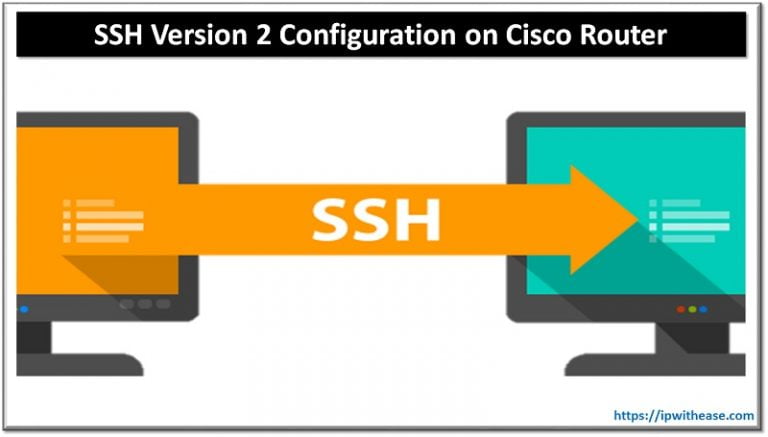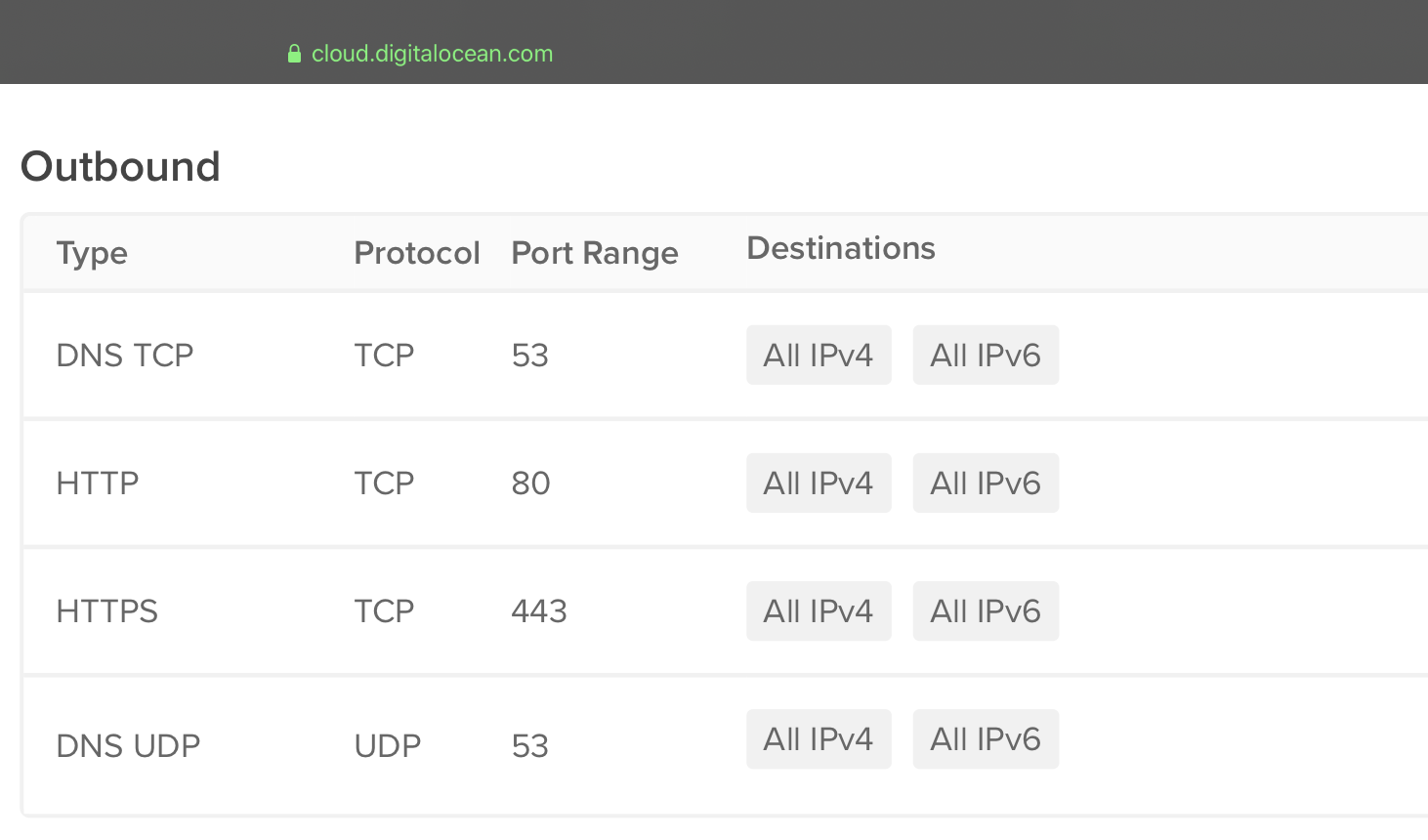
This SSH connection is set up with an option that enables TCP port forwarding from a port on the external server to an SSH port on a server in the internal network. Most organizations permit outgoing SSH connections, at least if they have servers in a public cloud. Once the attacker is in the target system, she connects to the outside SSH server from the inside. In an SSH back-tunneling attack, the attacker sets up a server outside the target network (in Amazon AWS, for example). Cybercriminals or malware could exploit SSH tunnels to hide their unauthorized communications, or to exfiltrate stolen data from the target network. This invisibility carries considerable risk potential if it is used for malicious purposes such as data exfiltration. This makes their content is invisible to most deployed network monitoring and traffic filtering solutions. SSH connections are protected with strong encryption. SSH tunneling in the corporate risk portfolioĪs useful as SSH tunneling is, it also creates risk that needs to be addressed by corporate IT security teams. SSH's Tectia SSH Client/Server is a commercial solution that can provide secure application tunneling along with SFTP and secure remote access for enterprises. For example, entire country-wide ATM networks run using tunneling for security. Adding a security wrapper, such as SSH tunneling, has provided a cost-effective and practical way to add security for such applications.
Outbound ssh shell code#
Source code may not be available, the vendor may no longer exist, the product may be out of support, or the development team may no longer exist. In many cases these applications and application servers are such that making code changes to them may be impractical or prohibitively expensive. By utilizing tunneling, compliance with SOX, HIPAA, PCI-DSS and other standards can be achieved without having to modify applications. In those environments the applications themselves may have very limited native support for security. SSH tunnels are widely used in many corporate environments that employ mainframe systems as their application backends. Benefits of SSH tunneling for enterprises Tunneling is often used together with SSH keys and public key authentication to fully automate the process.
Outbound ssh shell how to#
To see how to configure an SSH tunnel, see this example. It can also be used for hiding attackers's tracks by bouncing an attack through multiple devices that permit uncontrolled tunneling. Hackers and malware can similarly use it to leave a backdoor into the internal network. This is widely exploited by internal IT people to log into their home machines or servers in a cloud, forwarding a port from the server back into the enterprise intranet to their work machine or suitable server.

The downside is that any user who is able to log into a server can enable port forwarding. The application communication is thus secured, without having to modify the application or end user workflows. The server then connects to the actual application server - usually on the same machine or in the same data center as the SSH server. The SSH client then forwards the application over its encrypted tunnel to the server. With tunneling enabled, the application contacts to a port on the local host that the SSH client listens on. The SSH connection is used by the application to connect to the application server. This SSH connection is encrypted, protects confidentiality and integrity, and authenticates communicating parties. The secure connection over the untrusted network is established between an SSH client and an SSH server. The figure presents a simplified overview of SSH tunneling. SSH tunneling enables adding network security to legacy applications that do not natively support encryption. This means that the application data traffic is directed to flow inside an encrypted SSH connection so that it cannot be eavesdropped or intercepted while it is in transit. It also provides a way to secure the data traffic of any given application using port forwarding, basically tunneling any TCP/IP port over SSH.

SSH is a standard for secure remote logins and file transfers over untrusted networks.
.png)
It can also be used to implement VPNs (Virtual Private Networks) and access intranet services across firewalls. It can be used to add encryption to legacy applications. SSH tunneling is a method of transporting arbitrary networking data over an encrypted SSH connection. Contents What is an SSH tunnel? Who uses SSH tunneling? Benefits of SSH tunneling for enterprises SSH tunneling in the corporate risk portfolio How to configure an SSH tunnel What is an SSH tunnel?


 0 kommentar(er)
0 kommentar(er)
